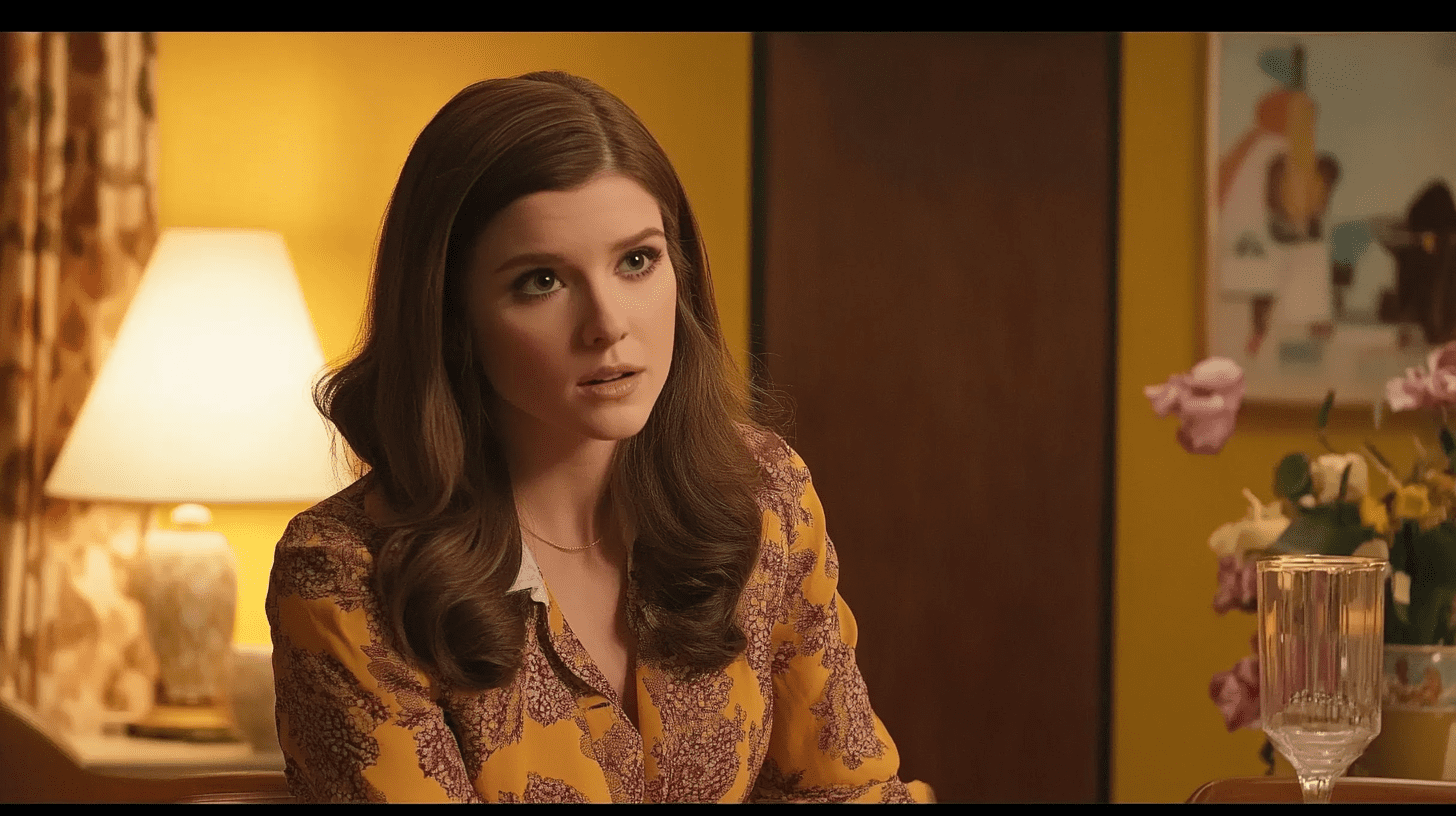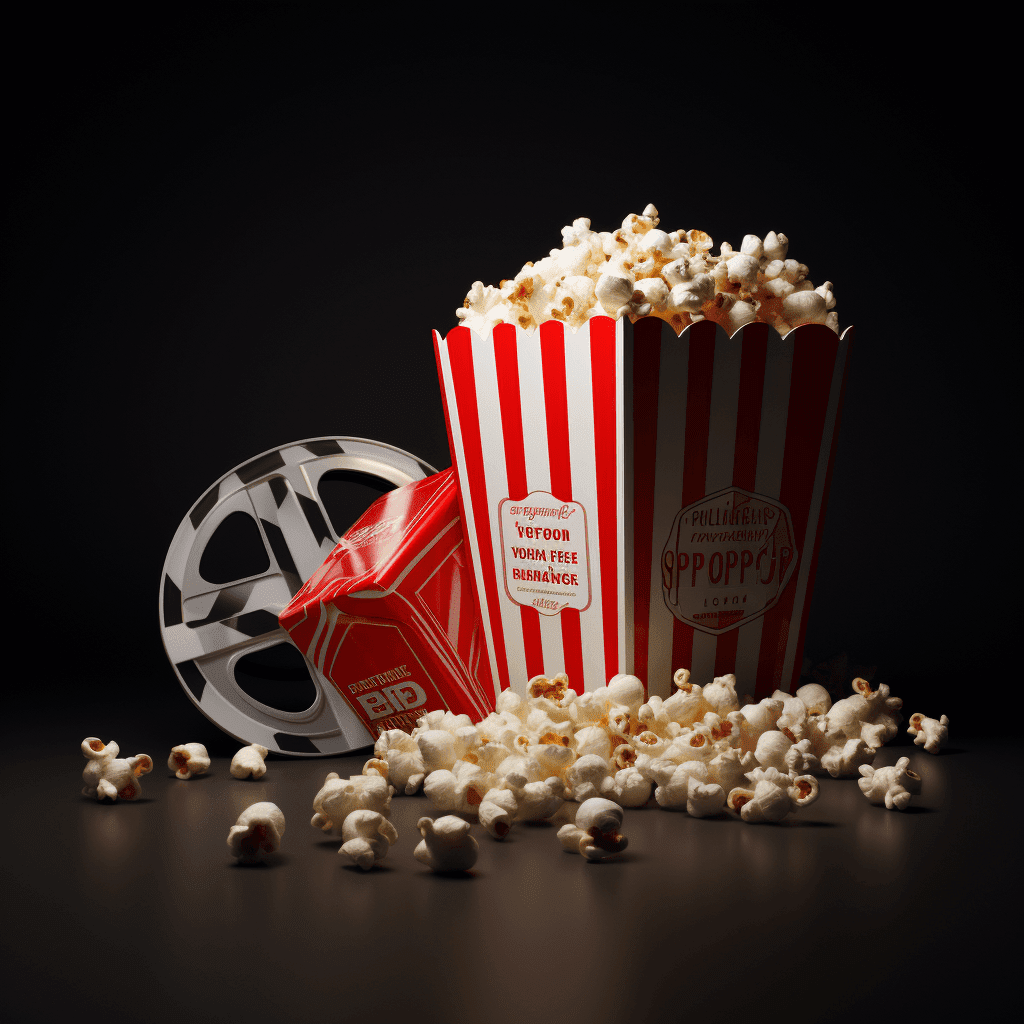What's After the Blog?
History • Cinema
Silent Film Era: The Foundations of Modern Storytelling
Explore the silent film era's profound impact on modern storytelling and its enduring legacy in contemporary cinema, as we uncover the roots of cinematic innovation.
February 2, 2024

Movies mentioned in this article
Silent Film Era: The Foundations of Modern Storytelling
Introduction: The Dawn of Cinema
The silent film era, often regarded as the dawn of cinema, marks a period of profound innovation and creativity that laid the foundation for modern storytelling. This era, spanning from the late 1890s to the late 1920s, witnessed the birth of the motion picture as an art form and medium for storytelling. Silent films, devoid of synchronized spoken dialogue, relied heavily on visual imagery, body language, and title cards to convey their narratives, creating a unique language of cinema that still resonates in today’s film industry.
This period was characterized by rapid technological advancements and artistic experimentation, as filmmakers sought to explore and expand the boundaries of the new medium. The lack of sound posed a challenge, but it also opened up opportunities for creative storytelling techniques. Directors and actors became adept at using exaggerated gestures, facial expressions, and physical comedy to express emotions and advance plots. This reliance on visual cues fostered a universal mode of storytelling that could be understood regardless of language or cultural background.
Silent films were not entirely silent, as they were often accompanied by live music to enhance the viewing experience. Musicians in movie theaters would play scores that matched the mood and action on screen, adding an emotional depth to the films. This era produced some of the most iconic films in cinema history, such as The Great Train Robbery by Edwin S. Porter, Nosferatu by F.W. Murnau, and The Kid by Charlie Chaplin. These films not only entertained audiences but also showcased the immense potential of cinema as a storytelling medium.
The Pioneers of Silent Cinema
The silent film era was marked by the emergence of pioneering filmmakers who played a crucial role in developing the language of cinema. D.W. Griffith, often hailed as the “father of modern film,” was a key figure in this era. His groundbreaking work, The Birth of a Nation, though controversial for its portrayal of race, introduced advanced techniques such as close-ups, cross-cutting, and parallel editing, which have become standard in modern filmmaking. Griffith’s films were instrumental in demonstrating that movies could be more than just simple entertainment - they could be a powerful form of art and a tool for storytelling.
Charlie Chaplin, perhaps the most beloved figure of the silent film era, brought a unique blend of humor and pathos to the screen. His iconic character, “The Tramp,” became a symbol of the underdog, resonating with audiences across the globe. Chaplin’s films, including classics like City Lights and Modern Times, showcased his ability to combine slapstick comedy with poignant commentary on social issues, making him a pioneer in blending entertainment with a deeper message.
Buster Keaton, known for his stoic expression and daring physical stunts, was another influential figure in silent cinema. His film, The General, is considered one of the greatest silent films ever made, showcasing his skill in visual comedy and innovative use of camera techniques. Keaton’s work was characterized by intricate physical comedy, elaborate chase scenes, and a unique brand of deadpan humor that influenced generations of filmmakers.
These pioneers, along with others like F.W. Murnau, Fritz Lang, and Sergei Eisenstein, pushed the boundaries of what cinema could achieve. They explored complex narratives, developed new filming techniques, and elevated cinema to a form of artistic expression. Their contributions laid the groundwork for the storytelling techniques used in modern filmmaking, proving that the silent film era was not just the beginning of cinema but a period of extraordinary creativity and innovation that continues to influence filmmakers today.
Storytelling Without Words: The Art of Visual Narrative
The silent film era excelled in the art of visual narrative, a storytelling method that communicates through images rather than spoken words. This era asked a fundamental question: “How did silent films convey complex stories without dialogue?” The answer lies in a masterful blend of visual techniques and universal themes. Filmmakers of the silent era relied on a variety of methods to tell their stories, including expressive acting, creative use of title cards, innovative camera work, and meticulous set design.
Expressive acting was vital in silent films, as actors had to convey emotions and plot developments without dialogue. They used exaggerated gestures, facial expressions, and body language to communicate with the audience. For example, Lillian Gish in The Birth of a Nation and Broken Blossoms displayed a remarkable range of emotions, from fear and despair to love and resilience, solely through her facial expressions and body movements.
Title cards played a crucial role in providing context and dialogue. These intertitles were used sparingly to avoid disrupting the visual flow, but effectively conveyed critical information or dialogue. They were often creatively designed to match the film’s aesthetic, adding an additional layer of artistic expression.
Innovative camera work also defined this era. Filmmakers experimented with various techniques like close-ups, panning shots, and creative angles to enhance storytelling. Fritz Lang’s Metropolis, for example, used groundbreaking special effects and elaborate sets to create a visually stunning futuristic world, conveying complex themes of class struggle and human emotion.
Meticulous set design and costumes were essential in creating the film’s world without words. Silent films like The Cabinet of Dr. Caligari utilized surreal and distorted set designs to create a dreamlike and sometimes nightmarish atmosphere, effectively conveying the film’s psychological themes.
The Role of Music and Sound Effects in Silent Films
Though termed ‘silent’, these films were rarely experienced in complete silence. The role of music and sound effects in silent films was pivotal in enhancing the emotional impact and narrative of the story. Live music, played by an orchestra or a solo pianist, would accompany screenings, adapting to the rhythm and mood of the film. This music was not merely background; it was a crucial element of the storytelling, adding depth and dimension to the visual narrative.
The impact of live music in silent cinema can be seen in films like The Phantom of the Opera, where the dramatic score amplifies the horror and suspense of the story. Similarly, in Sunrise: A Song of Two Humans, the orchestral score enhances the emotional depth of the narrative, elevating the film’s impact.
Sound effects were also used in some instances, created live in the theater. This could include anything from a gunshot to a storm, adding a layer of realism and immersion to the viewing experience. The synchronization of live sound effects with the on-screen action was an art in itself, requiring precise timing and coordination.
The combination of music and sound effects in silent films laid the groundwork for the use of sound in modern cinema. Even after the advent of sound in films, the lessons learned from the silent era about the power of music and sound in storytelling continued to influence how filmmakers used audio to enhance their narratives.
Evolution of Cinematic Techniques from Silent Films
The transition from silent to sound films marked a significant evolution in cinematic techniques, yet the foundational elements established during the silent era continued to influence modern filmmaking. This period prompts the question: What changed and what remained in the shift from silent to sound cinema? The introduction of synchronized sound in films, known as “talkies,” brought dialogue and naturalistic sound to the forefront, fundamentally changing the way stories were told on screen. However, many of the visual storytelling techniques honed in the silent era persisted and were adapted to complement the new audio capabilities.
The use of close-ups, for instance, remained a powerful tool in conveying emotions and emphasizing important moments. Directors like Alfred Hitchcock, who began his career during the silent era, continued to employ this technique in his sound films to create suspense and engage audiences emotionally. The art of visual composition, including the use of lighting, shadows, and framing, also carried over from silent films, helping to set the tone and atmosphere in sound films.
Moreover, the silent era’s emphasis on visual storytelling encouraged filmmakers to be more creative and expressive in their use of visuals, a practice that did not diminish with the advent of sound. The ability to tell a story visually remained an essential skill, as evidenced in films like Citizen Kane by Orson Welles, where innovative camera angles and deep focus were used to enhance the narrative.
Silent film techniques that involved physical comedy and slapstick also found their way into sound films. Comedians like Charlie Chaplin and Buster Keaton, who transitioned to sound cinema, continued to use physical humor, albeit with the added dimension of sound. This blend of visual and auditory comedy can be seen in Chaplin’s later works, such as Modern Times, which, while incorporating sound, still relied heavily on visual gags.
Iconic Silent Films That Shaped Modern Cinema
Several silent films have left an indelible mark on the landscape of modern cinema, influencing narrative techniques, visual storytelling, and film aesthetics. These iconic films not only showcased the ingenuity of filmmakers during the silent era but also laid the groundwork for future cinematic innovations. Exploring landmark silent films like “The Birth of a Nation,” “Metropolis,” and “The Cabinet of Dr. Caligari” reveals their lasting impact on film narrative and aesthetics.
“The Birth of a Nation” by D.W. Griffith, despite its controversial portrayal of race and history, introduced advanced filmmaking techniques such as parallel editing and dramatic close-ups, which became staples in cinematic storytelling. Its epic scope and narrative complexity set a new standard for film as a serious artistic medium.
“Metropolis”, directed by Fritz Lang, is renowned for its futuristic imagery and special effects. The film’s elaborate set designs and visual style were groundbreaking, influencing the science fiction genre and offering a glimpse into the potential of cinema to create fantastical worlds.
“The Cabinet of Dr. Caligari”, a prime example of German Expressionism, used stylized sets, lighting, and visual distortion to create a dreamlike and unsettling atmosphere. This film’s visual style and narrative techniques greatly influenced the horror and film noir genres, demonstrating the power of cinema to evoke emotional and psychological responses from the audience.
These films, and many others from the silent era, have shaped the language of modern cinema. Their innovative techniques, storytelling approaches, and visual styles continue to inspire filmmakers today, proving that the silent film era was not just a primitive stage of cinematic development but a period of artistic brilliance that laid the foundations for the future of filmmaking.
The Legacy of Silent Films in Contemporary Cinema
The legacy of silent films in contemporary cinema is evident in the ways modern filmmakers draw inspiration from this pioneering era. The silent film era was not just a stepping stone to sound films; it was a period of immense creativity that continues to influence the art of filmmaking today. In modern cinema, directors often pay homage to silent film techniques, either through stylistic choices or by adopting similar narrative structures. This raises the question: “In what ways do modern films draw inspiration from the silent era?”
One significant influence is the continued emphasis on visual storytelling. Modern filmmakers often use silent film techniques like exaggerated mise-en-scène, expressive lighting, and creative camera angles to convey mood and character emotions. For example, in films like The Artist and Hugo, directors Michel Hazanavicius and Martin Scorsese, respectively, utilize silent film aesthetics and narrative techniques as a tribute to the era.
Additionally, the resurgence of black and white films in contemporary cinema, such as Roma by Alfonso Cuarón, showcases the enduring appeal of this classic form. These films use monochromatic visuals not only for artistic reasons but also to evoke the timeless quality of silent cinema, allowing audiences to focus more on the story and characters rather than being distracted by color.
Silent film’s influence is also evident in the way modern filmmakers approach character development and plot. Without relying heavily on dialogue, directors are challenged to find creative ways to develop characters and advance the story, much like their silent era counterparts. This has led to more innovative and expressive forms of visual communication in contemporary cinema.
Conclusion: Silent Films as the Bedrock of Cinema
In conclusion, the silent film era represents a foundational period in the history of cinema, one that has profoundly influenced the development of modern storytelling techniques. This era, characterized by its innovation, creativity, and exploration of the medium’s potential, laid the groundwork for the cinematic language we know today. Silent films taught us the power of visual storytelling, the importance of creative cinematography, and the ability of cinema to transcend cultural and linguistic barriers.
As we reflect on the enduring impact of the silent film era, we recognize the importance of preserving and studying these early works. Platforms like ATM play a crucial role in this regard, offering access to both classic silent films and contemporary movies influenced by them. This allows film enthusiasts and scholars alike to explore the rich history of cinema and understand how the silent era continues to shape the films we watch today.
We invite you to delve deeper into the fascinating world of silent cinema and its lasting legacy. Discover more about the evolution of film and the art of storytelling by visiting our blog at What’s After the Movie, where we explore various aspects of cinema history and its impact on contemporary filmmaking.
Continue reading

What's After the Movie?
Not sure whether to stay after the credits? Find out!
Check out our other apps:
Actors
Companies
Latest Movies
© 2025 What's After the Movie. All rights reserved.




















